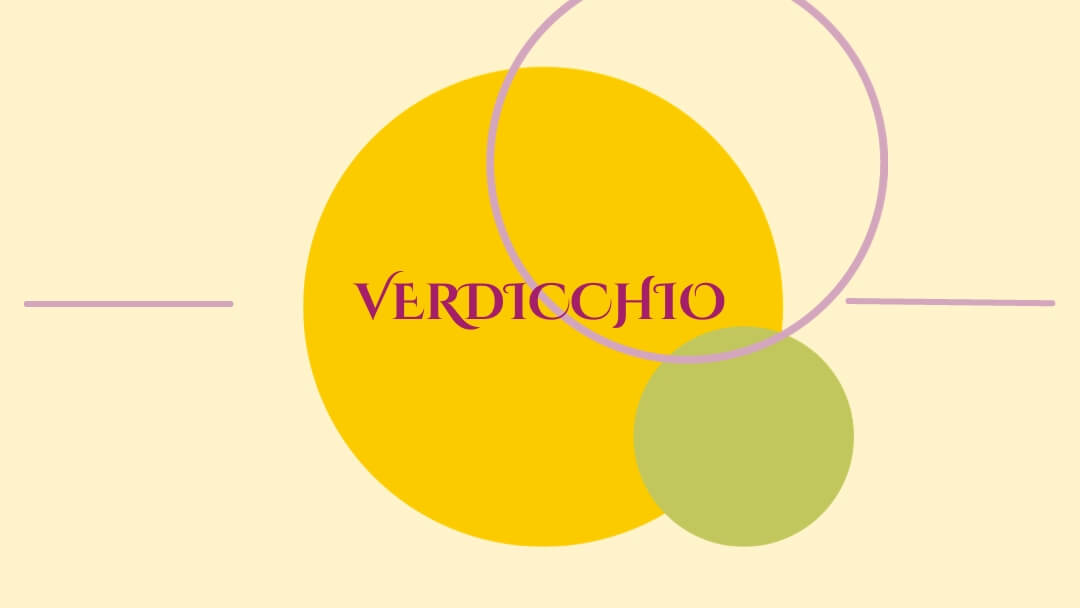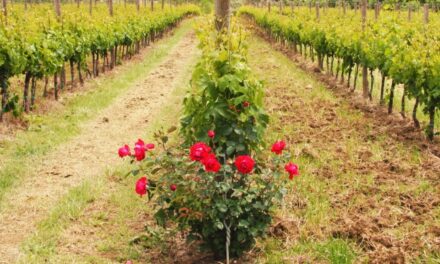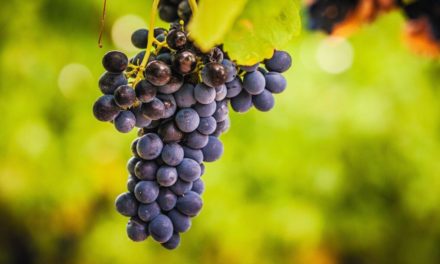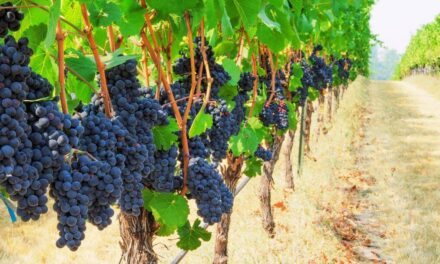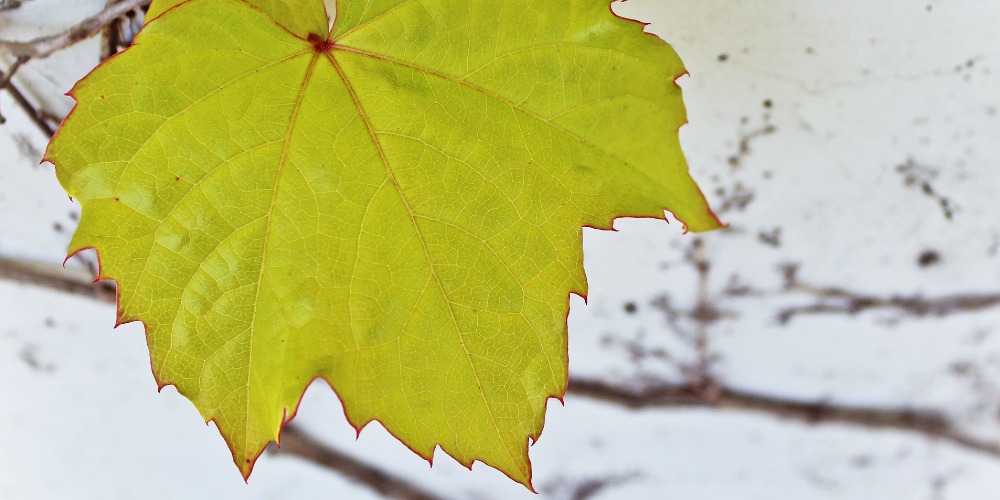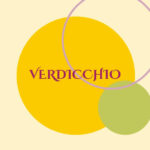There is a strong connection between the Marche region and the grape variety “Verdicchio”. Such a strong connection that in the world of viticulture, the two terms are almost inseparable. Verdicchio is an indigenous grape that mainly thrives in the Marche region, and if you haven’t tried it yet, you’re missing out!
WHERE IS VERDICCHIO FROM?
Verdicchio (Verdicchio bianco) is a white grape variety present in the Marche region since the 8th century, and it has found its ideal habitat in the Castelli di Jesi area, located in the province of Ancona, as well as in Matelica, situated in the province of Macerata. Verdicchio is considered an indigenous grape variety of the Marche, a central region of Italy.
We can also find a small production of Verdicchio in the following areas, outside Marche:
-
- Abruzzo;
- Calabria;
- Puglia, where it’s referred to as “Greco”;
- Umbria;
- Molise;
- Sardegna;
- Toscana;
- Emilia-Romagna: Romagna, where it’s known as “Verdetto“;
- Lazio: Castelli Romani, where it’s called “Trebbiano Verde”;
- Veneto: the area of Garda Veronese, where it’s named “Trebbiano di Lugana”.
Verdicchio thrives in hilly, well-ventilated areas and doesn’t adapt easily. In fact, its best expression is found in the Marche region. When cultivated elsewhere (meaning, outside of the Marche), its organoleptic potential doesn’t fully shine.
A BIT OF HISTORY
The historical connection between grapevines and the geographical environment in the territory of the Marca Anconetana began with the arrival of Benedictine monks and later with the Camaldolese monks who reintroduced and spread the traditional vine, which had been cultivated for centuries. One of the witnesses to this history is the centuries-old Grape Festival of Cupramontana. It was the monks who, in the Marche region, passed down viticultural and oenological techniques, improved the product, and, most importantly, enhanced its shelf life.
As sharecropping contracts became widespread, leading to widespread landownership and the availability of labour, wine ceased to be the drink of the affluent alone and became a staple for rural classes. Already in the early 1500s, the Spanish scholar Herrera, a professor at Salamanca, described the most common grape varieties and white winemaking techniques.
By the end of the 19th century, Giuseppe di Rovasenda, an Italian agronomist and ampelographer, considered Verdicchio the most prized white grape variety in the Marche region. In the High Middle Ages, several notarial deeds documented donations or transfers of vineyard properties to numerous religious orders present in the territory, most likely vineyards cultivated with Verdicchio. In 1569, the word Verdicchio was first recorded in writing, and in 1969, notary Niccolò Attucci of Matelica used the term to refer to the grape of his city. Only towards the end of the 18th century would this fantastic grape variety be officially classified as a wine grape.
Verdicchio wine gained commercial prominence in the early 1950s when two producers invested in building a transformation cellar to process their grapes and distinguished the product with a distinctive bottle: the Greek amphora, in reference to the Doric civilisation that founded the city of Ancona.
WHAT DOES VERDICCHIO MEAN?
Its name derives from “verde“, which means green in Italian, and even when fully ripened, this grape variety never loses its greenish nuances, which are also imparted to the wine.
VERDICCHIO GRAPES
The cluster is of medium size, pyramid-shaped, with one or two wings. The berries are spherical, medium-sized, with a thin and pruinose skin of greenish-yellow colour.
This grape variety, which is the emblem of Marche, excels in all the versions provided by the regulations, from the Metodo Classico (= Champenoise Method) sparkling wine to the passito. Production is concentrated for almost 90% in the hills around Jesi, with over 1,000 wineries on 2,500 hectares of vineyards, with a potential production of over 385,000 quintals of grapes.
For a long time, Verdicchio was fermented in steel and consumed when young. However, since the 1990s, winemakers have started experimenting with alternative methods, such as oak ageing and late harvest. Since then, you can find Verdicchio wines with a more elegant and complex olfactory profile, a more substantial structure, and longer ageing potential.
The Marche soil where Verdicchio thrives consists of a calcareous-clayey base that imparts quality, structure, and longevity to the wines. Surprisingly good from the outset, these wines become even more elegant and refined over the years. Despite the diverse territory, the grape’s character remains unmistakable during tasting, with its main characteristic being the almond-like finish.
TASTING NOTES OF VERDICCHIO
From the vinification of Verdicchio Bianco grapes, a wine with a straw-yellow colour and greenish reflections is obtained. On the nose, it is fruity with distinct notes of bitter almond. On the palate, it is fresh, savoury, full-bodied, with its main characteristic: an almond-like finish. Suitable for “short” ageing, generally speaking.
WHAT WINES HAVE VERDICCHIO GRAPES IN THEM?
Here you can find some interesting designations in Marche:
DOCG Wines
-
- Castelli di Jesi Verdicchio Riserva DOCG
- Verdicchio di Matelica Riserva DOCG
DOC Wines
-
- Colli Maceratesi DOC
- Colli Pesaresi DOC
- Esino DOC (white)
- Verdicchio dei Castelli di Jesi DOC
- Verdicchio di Matelica DOC
Have you ever tried any of these wines?

